We primarily explore and probe the natural world through experiments, supplemented by numerics and theoretically-informed data analysis. Whether we are studying hydrodynamics or biomechanics, we make use of tools borrowed from statistical physics, dynamical systems, and condensed matter physics. Our group's current research directions are summarized below, each of which is described in more detail on its respective page.
Research

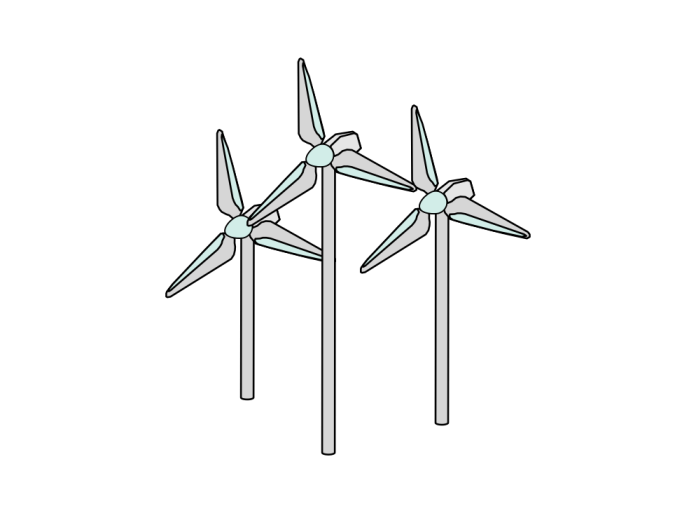
Energy and Sustainability
When we think of addressing the grand challenges of energy and sustainability in our society, our first thoughts are generally related to generating energy, and the materials and device physics that makes this possible in a sustainable way. But equally important to the generation of energy is the way this energy is then distributed and consumed all the way from local scales (appliances, houses) to global ones (cities, countries). By understanding how the fluctuations associated with generation compare with those of our consumption, we can implement more efficient energy distribution and storage schemes.
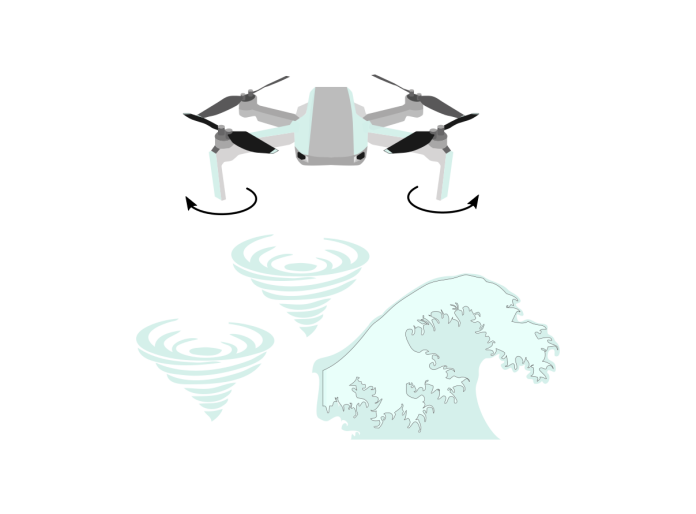
Statistical Hydrodynamics
Fluids present a model system where the differences between the equilibrium and non-equilibrium regimes are brought out in stark relief. In particular, turbulent flows, in which correlated fluctuations span many scales, still elude a complete description even after an expansive history of study spanning several centuries.
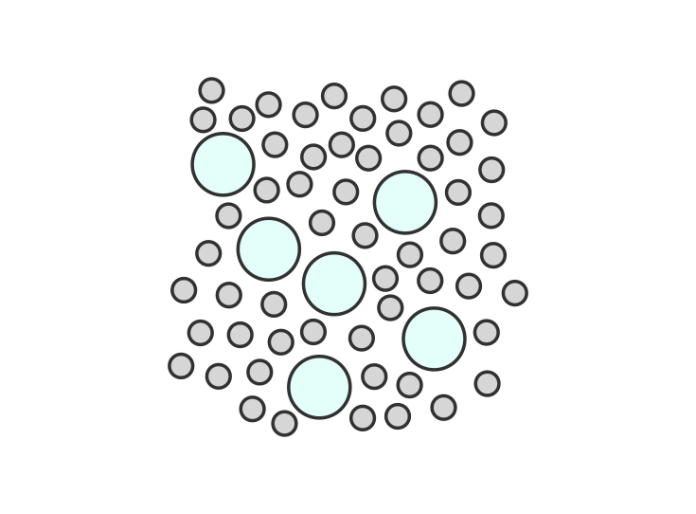
Amorphous Media
Disordered media like glasses, plastics, and alloys are some of the most common materials we encounter in our everyday life, yet our knowledge of their intricacies and properties is far less developed than for their crystalline counterparts. In place of the typical tools of crystalline condensed matter physics, we turn to non-equilibrium statistical physics as a way to understand these omnipresent materials.
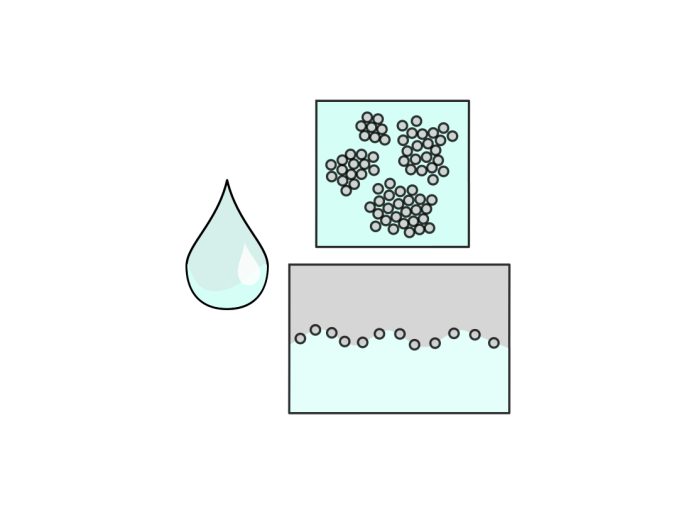
Interfacial and Droplet Dynamics
Exploring the bulk dynamics of a fluid can tell us a lot about its overall behavior and flow, but real-world fluids do not exist in isolation; to characterize many natural phenomena, we need to also understand how a fluid interacts with adjacent media. While the bulk forces dominate in the limit of large bodies, as we approach the micro- and even mesoscopic scales relevant of everyday life, the surface dynamics become fantastically important. At these scales, whether we have particles floating at an interface, surface tension gradients in an adjacent fluid, or local chemical reactions, interfacial effects can vastly change the behavior of a system.
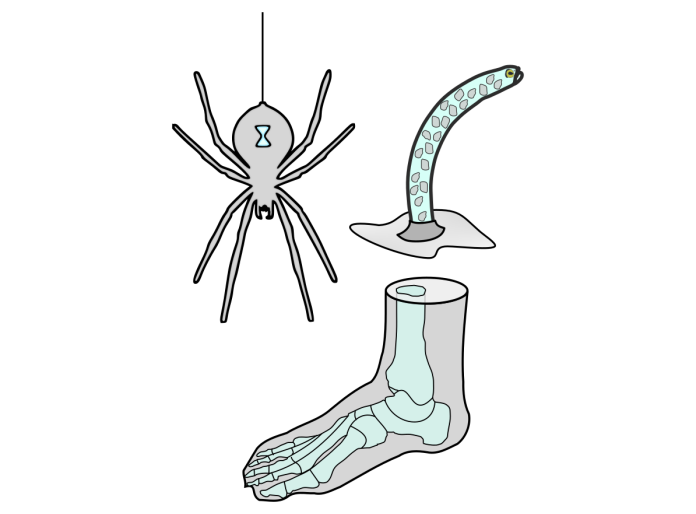
Quantitative Life Sciences
Despite being something so fundamental to our everyday experiences, the mysteries of life rival those of the astronomical and quantum mechanical extremes in both number and complexity. Indeed, unraveling the non-equilibrium and fluctuating states of living organisms has only become possible in the past few decades, largely due to the use of quantitative, physical and mathematical tools. By understanding the individual elements of a natural system, whether on the scale of cells, tissues, organisms, or species, we can piece together the myriad collective interactions that come together to give life to life.

Other Topics
Beyond the topics listed above, we also explore topics that pique our interest as they come up. While these projects may not be as obviously connected, maybe their connections are simply a bit nonlinear.




